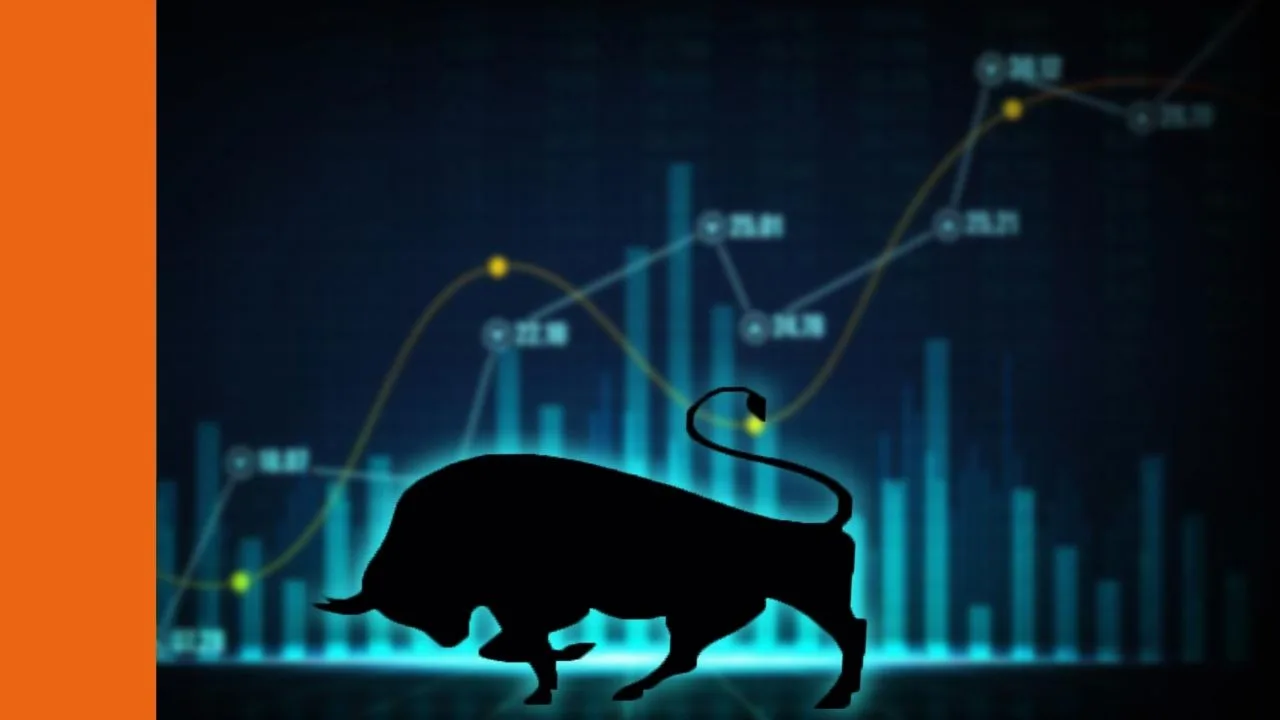Our most recent episode of The Australian Finance Podcast debates the merits of robo-investing in Australia, including what it is, how it works, what it costs and alternative investment options.
Robots can do just about anything nowadays, can’t they?
From self-driving cars to the warehouse robots that enable you to receive your Amazon purchases in less than 24 hours, it’s amazing how much this technology is revolutionising industries globally.
It’s not even a far jump to think that they could manage your finances for you.
In our current reality though, robo-advisers, otherwise known as robo-investing companies, do still have some humans behind the curtain pulling the strings.
And just like Dorothy in The Wizard of Oz, it’s good to understand what’s going on beneath the surface.
https://player.whooshkaa.com/episode?id=818865
What is robo-advice (or robo-investing)?
A robo-adviser designs various investment portfolios that you can invest in, and helps automate the process for you.
From setting up your brokerage account to buying the ETFs, a robo-adviser provides you with a fairly hands-off approach to investing (for a small management fee, of course). Generally, the only thing you have to do is fill in your personal details, select a portfolio and add money to your linked bank account.
There’s a team of investment professionals behind the scenes doing everything from ETF due diligence and portfolio management to customer service, app development, customer sales and marketing. The robots haven’t quite taken over yet!
Here are some of the benefits and features of using a robo-adviser:
- You answer a risk profile quiz and are recommended with a particular risk profile (portfolio)
- An investment team research and put together their best diversified ETF portfolios
- The robo-adviser sets up your account and makes the ETF purchases on your behalf
- Helps you to dollar-cost average overtime (regular investing made easy)
- It’s a “mitts off your money” approach
- They provide you comprehensive reports at tax time
- Regular reminders to review your risk profile over time, and potentially adjust your portfolio off the back of that
What robo-advisers currently exist in Australia?
So what are your options at the moment in Australia?
There are a few different companies to choose from that vary slightly based on their portfolio design, fees and investment team, so I’d recommend exploring each one to learn more.
I’ve included some of the main available options and their fees at the moment. Plus you’ll need to manually look up the ETF management fees, which are taken directly from the ETF, whichever way you go about it. E.g. VAS has a management fee of 0.10% per annum.
- Fees (inclusive of brokerage): $5k to $20k ($9.95 per month), $20k to $200k (0.5% per year)
- Example $20k portfolio: $100 per year
- Fees (inclusive of brokerage): $10k or less ($5.50 per month), $10k to $50k (0.66% per year)
- Example $20k portfolio: $132 per year
- Fees (not inclusive of brokerage and no risk-profile quiz): $10k to $18k ($99 per year), $18k to $82k (0.55% per year), $82k+ (capped at $451 per year)
- Example $20k portfolio: $110 per year + brokerage (greater of $5.50 per trade or 0.11% of the value of the trade). Total: 6 ETFs x $5.50 = $33 ($33 x 4 = $132)
Smaller amounts
If you’re starting off with with a small amount, consider micro-investing apps like Raiz Invest or Spaceship Voyager.
What are the downsides of robo-investing?
Here at Rask Education, we believe in thinking critically, examining different sources and opinions and doing your own research.
Let’s talk about some of the potential downsides of using a robo-adviser.
You can just do this yourself
Like most things in the finance world, you can figure all of this out on your own if you do enough research.
The professionals didn’t magically get granted with the power of designing the ideal ETF portfolio.
We’ve even got a free ETF course to help you get started. And hey, you might learn more this way.
It can be more expensive
Robo-investing costs money – there’s a whole team behind the scenes pulling the strings that need to be paid. There may be cheaper solutions to fulfil your needs, so it’s worth considering other options.
It’s crucial to look at the costs of each product when comparing different options. I’ve included some alternative examples to explore below.
VDHG (Vanguard High Growth ETF)
- Brokerage costs: investing 4 times per year ($9.50 x 4 = $38)
- Management fee is 0.27% ($27 for every $10,000 invested per year)
DZZF (BetaShares Ethical Diversified High Growth ETF)
- Brokerage costs: investing 4 times per year ($9.50 x 4 = $38)
- Management fee is 0.39% ($39 for every $10,000 invested per year)
Less control
By using a robo-adviser you get invested in their pre-made portfolios, and can’t just make changes to one of the individual holdings. Consider just how much control you want over your portfolio and whether you’d want to personalise it.
Would you be better off with a financial adviser?
It’s important not to get confused with robo-advisers and financial advisers. If you need a professional to look at your entire financial picture and put together a plan for you, then a robo-adviser can’t solve that for you.
Learn more about finding a financial adviser in this article.
What are the alternatives to robo-investing?
Now, I’d be rude to talk about some of the downsides of robo-investing without offering up some viable alternatives.
- Build your own ETF portfolio – the ultimate DIY option.
- Be inspired by the “official” robo-adviser portfolios – you can find the ETFs and allocations they use on their website.
- Just buy a diversified ETF – such as VDHG or DZZF.
- Use our Rask ETF model portfolio – to assist you in building your own investment portfolio.
I hope this has given you a comprehensive overview of robo-investing in Australia, and I’d encourage you to use the resources provided (and our free courses) to learn more!







